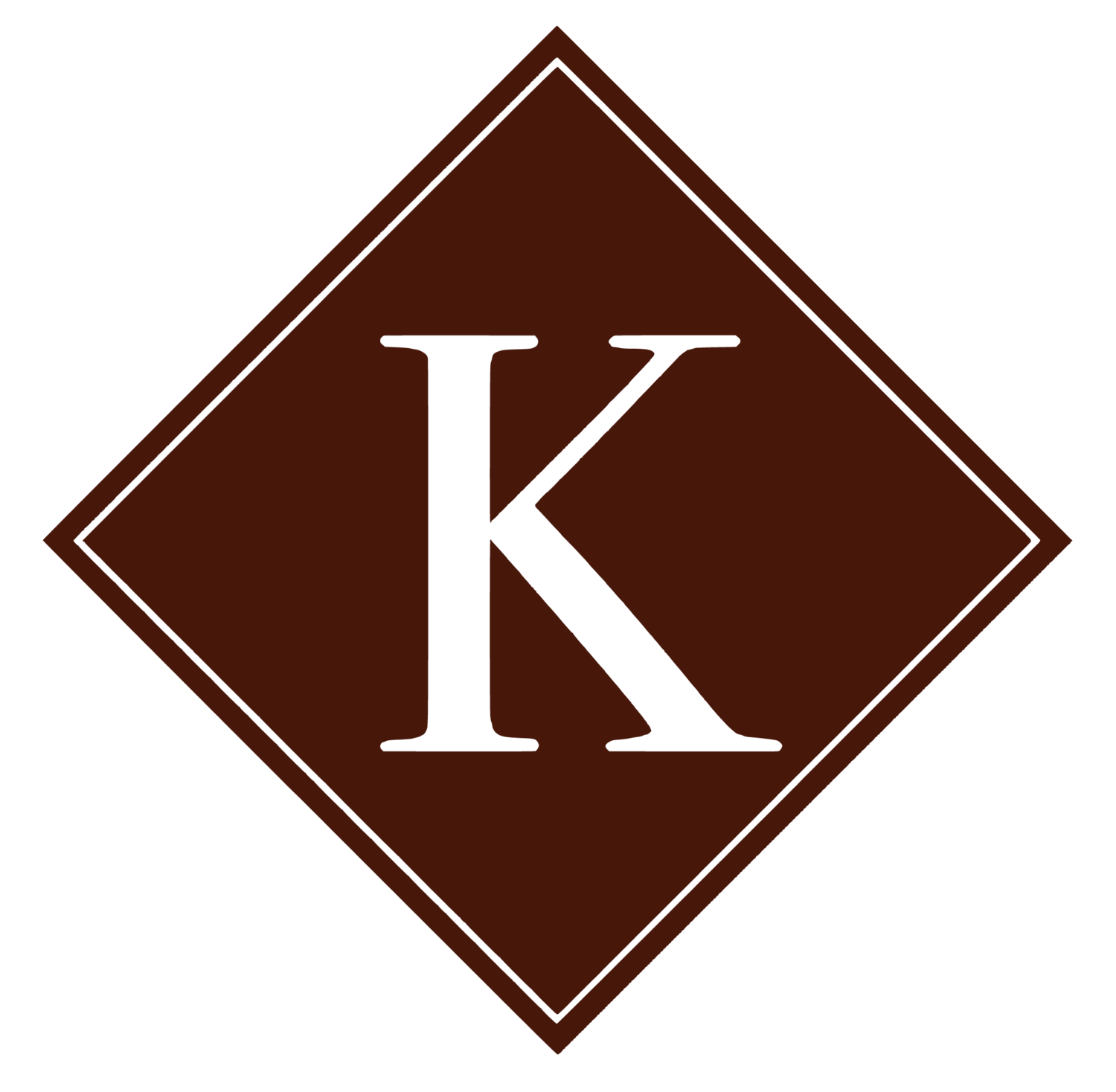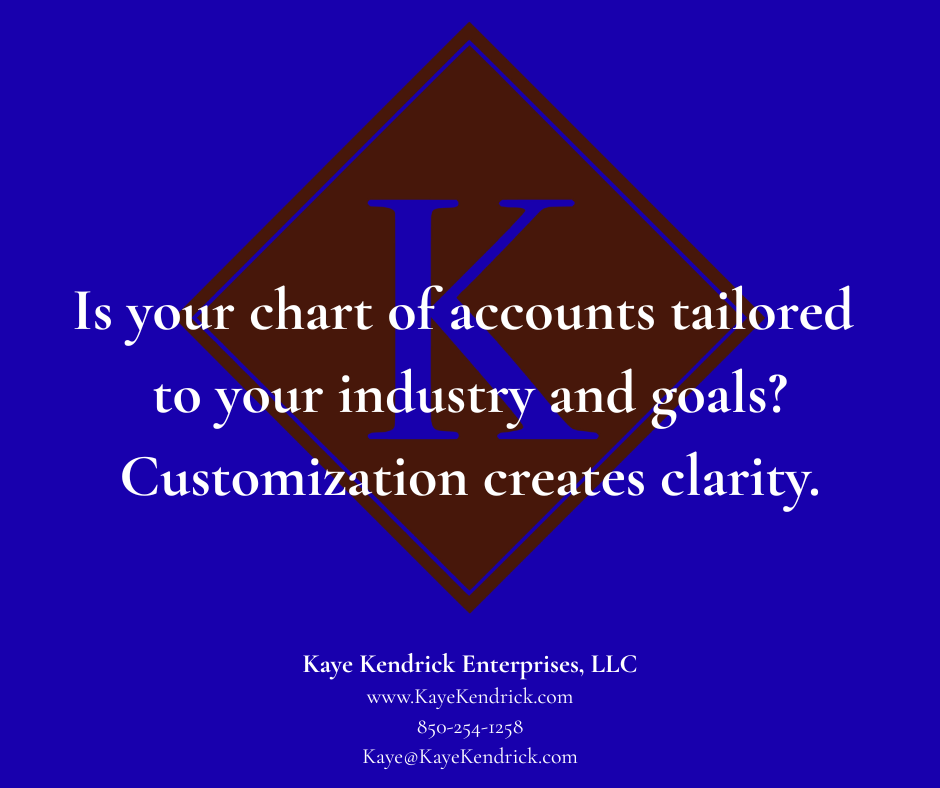Why a Customized Chart of Accounts Is Critical to Your Business Success
A chart of accounts (COA) is more than just a list of account numbers—it’s the backbone of your financial reporting. When it’s thoughtfully designed and aligned with your industry and business goals, it becomes a powerful tool for decision-making, compliance, and growth.
The Problem with Generic Charts of Accounts
Many businesses adopt a “template” COA from their accounting software or use a structure inherited from a previous company. While this can work in the short term, it often leads to confusion, inefficiency, and missed opportunities. Inaccurate or unclear categorizations make it harder to track performance, budget effectively, and prepare for audits.
Why Industry-Specific Structure Matters
Every industry has unique reporting requirements, cost structures, and performance metrics. For example:
Construction companies need job cost tracking and progress billing categories.
Retailers may require detailed inventory and sales breakdowns by product line.
Professional service firms often benefit from tracking revenue by service type or client segment.
By tailoring the COA to your specific industry, you ensure that key data points are readily available and relevant to your operations.
Aligning with Your Strategic Goals
A customized COA also supports your business objectives. If you’re focused on expanding into new markets, your accounts can be structured to measure profitability by location. If cost control is a priority, expenses can be categorized in a way that highlights trends and variances quickly.
Benefits of Customization
A well-designed, customized COA delivers:
Clarity – Easy-to-read financial statements that tell the real story.
Efficiency – Reduced time spent reconciling or reclassifying transactions.
Compliance – Alignment with industry regulations and audit requirements.
Insight – Actionable data for forecasting and decision-making.
Getting Started
Customizing a chart of accounts isn’t just about adding or removing categories—it’s about understanding your industry standards, identifying your reporting needs, and creating a structure that evolves with your business. Working with an experienced CPA or controller ensures that your COA not only meets current requirements but also positions you for future success.
Kaye Kendrick Enterprises, LLC specializes in building financial frameworks that make sense for your specific industry and goals. With the right COA in place, clarity and control are within reach.


